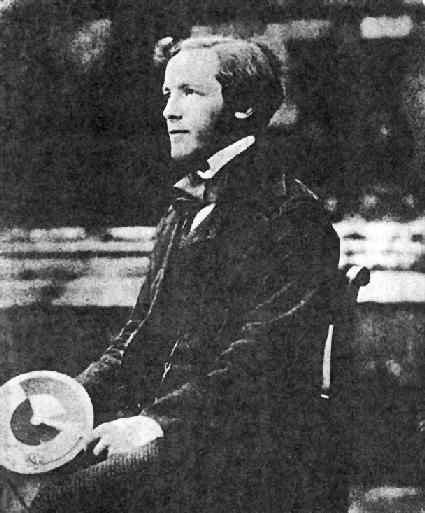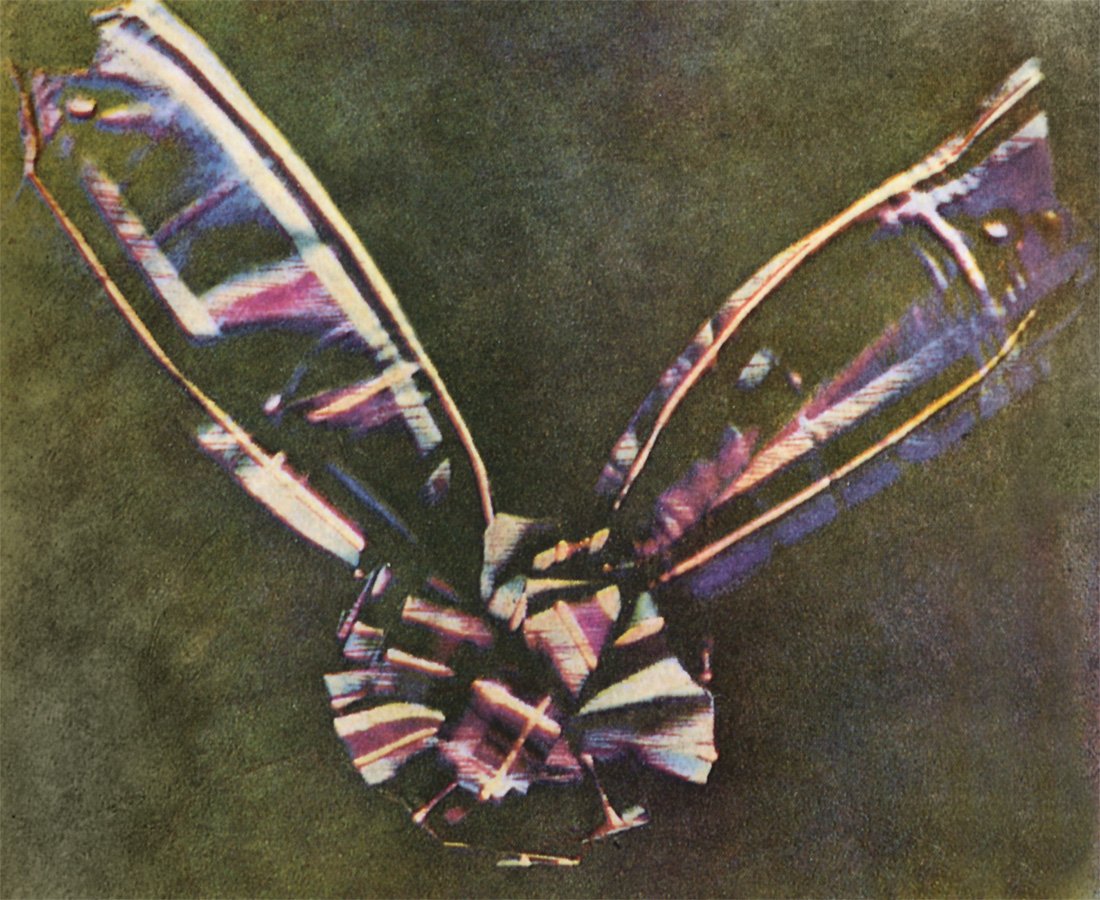Many are puzzled when they learn that the primary colors of light are red, green, blue (RGB). This is because they have learned to mix red, blue, yellow, (RBY) paint in Art class to obtain the hues they needed for their paintings.
Light through Y+B Filers
What also surprises people are the different outcomes when combining pairs of colored light beams as opposed to paint. For example, the overlap of Y+B light beams appears white, while mixing Y+B paints produces green.
Initially, I have tried to explain these discrepancies between the two sets of primary colors with general statements such as “Color addition occurs when you combine light beams but color is subtracted when you mix dyes”or “The primary colors RGB of light aren’t the same as the primary colors of paint or dye, but they are related.” My listeners’ blank looks convinced me to develop a tutorial on Color Theory to effectively explain this intriguing science.
In the tutorial you will:
Learn how your eyes perceive color
Perform activities to differentiate between color addition vs. subtraction
Understand why the artist’s color schemes are RBY
Get to know the scientist James Clerk Maxwell
You might recall my mention of this scientist in previous blogs, publications such as "Meet Faraday and Maxwell" and three different chapters of Lightlab (lightlabetc.com). He is mostly known for his equations that relate electricity with magnetism, and for concluding that light is electro-magnetic in nature. He was also a devout Christian, whose faith in God grew deeper as he discovered more scientific facts.
“I have looked into most philosophical systems
and I have seen that none will work without God”
James C. Maxwell
To learn more about Color Theory, I encourage you to access the tutorial and filters. If you have difficulties with the concepts, sign up for my two online workshops on December 4 & 11. This tutorial is by far the most popular topic among my students as well as adults, due to the fun facts they learn about several every day applications.




